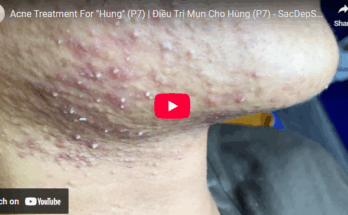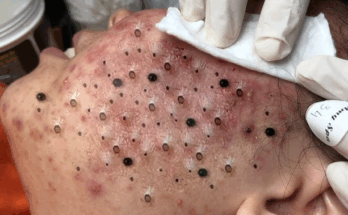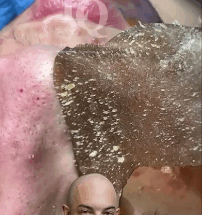Fractional CO₂ Laser Resurfacing is a skin rejuvenation procedure that uses a carbon dioxide (CO₂) laser to treat a variety of skin concerns by precisely removing layers of skin tissue in a fractionated method (i.e., targeting small zones while leaving surrounding skin intact for faster healing).
Fractional CO₂ Laser Resurfacing is a skin rejuvenation procedure that uses a carbon dioxide (CO₂) laser to treat a variety of skin concerns by precisely removing layers of skin tissue in a fractionated method (i.e., targeting small zones while leaving surrounding skin intact for faster healing).
How It Works:
-
A CO₂ laser delivers energy in a grid-like pattern, creating microscopic “columns” of thermal damage.
-
These micro-injuries trigger the skin’s natural healing process, stimulating collagen production and the growth of new, healthier skin.
-
Because the laser is fractional, only a portion of the skin is treated at a time, reducing downtime compared to traditional CO₂ resurfacing.
Benefits:
-
Reduces fine lines and wrinkles
-
Improves skin texture and tone
-
Treats sun damage, age spots, and pigmentation
-
Diminishes acne scars and surgical scars
-
Tightens skin and improves elasticity
Typical Areas Treated:
-
Face (especially around the eyes and mouth)
-
Neck and chest
-
Hands
What to Expect:
-
Procedure time: 30–90 minutes depending on the area
-
Anesthesia: Usually topical with or without local anesthetic
-
Downtime: 3 to 10 days of redness, peeling, and swelling
-
Results: Visible improvement after healing, with continued enhancement over 3–6 months
Risks and Side Effects:
-
Temporary redness, swelling, and peeling
-
Possible hyperpigmentation or hypopigmentation, especially in darker skin types
-
Infection (rare if post-care is followed)
-
Scarring (very rare with experienced providers)
Post-Treatment Care:
-
Keep the skin moisturized and clean
-
Avoid sun exposure—strict sunscreen use is critical
-
Use gentle skincare products as directed by your provider



